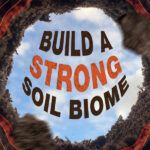Test Your Weed Knowledge
Test your weed identification skills to protect yields from common corn and soybean weeds like waterhemp and Palmer amaranth.

Can you recognize common corn and soybean weeds? Characteristics like leaf shape, petiole length and the presence of hairs can help you identify these yield-robbers. Learn to tell the difference between these common weeds (including waterhemp and Palmer amaranth!) and put your knowledge to the test.
Plus, get fast facts about other weeds like horseweed, common lambsquarter and giant ragweed.

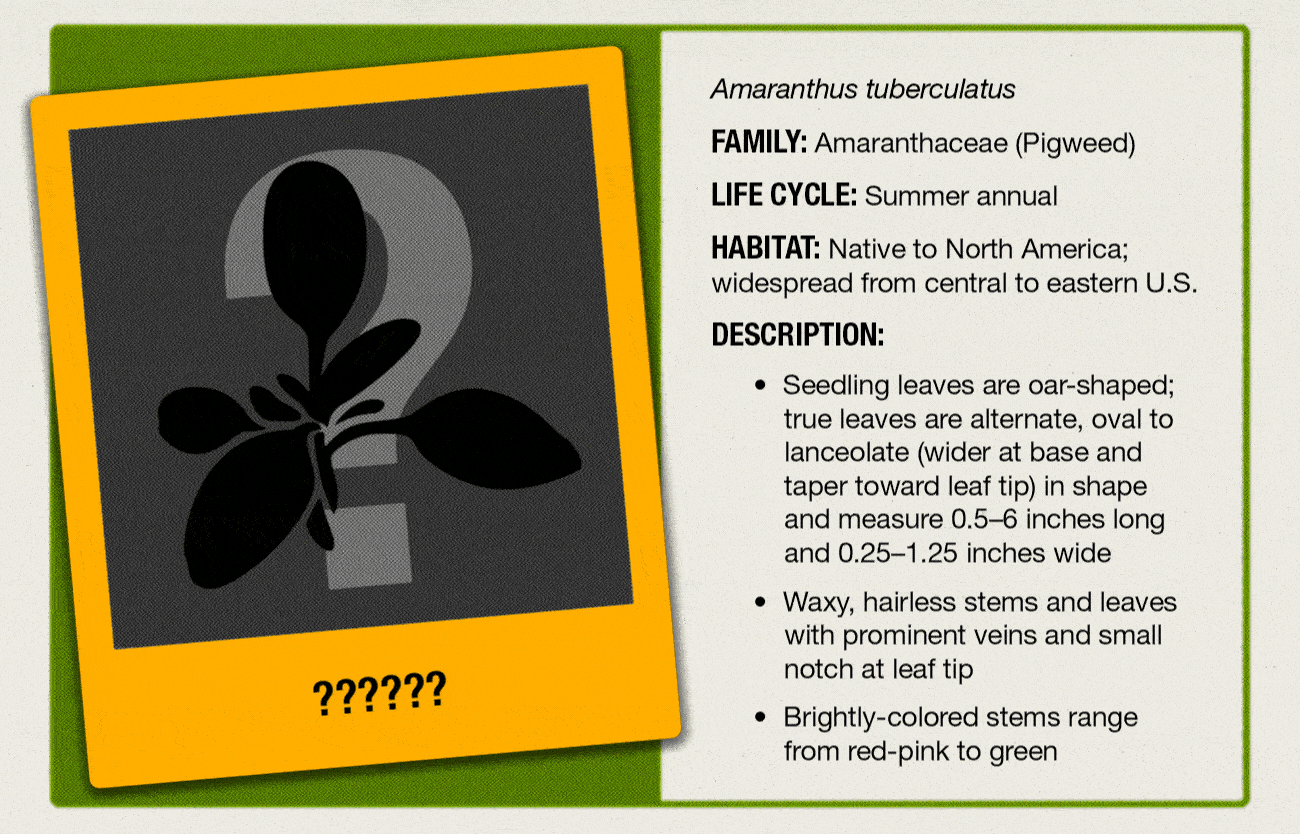
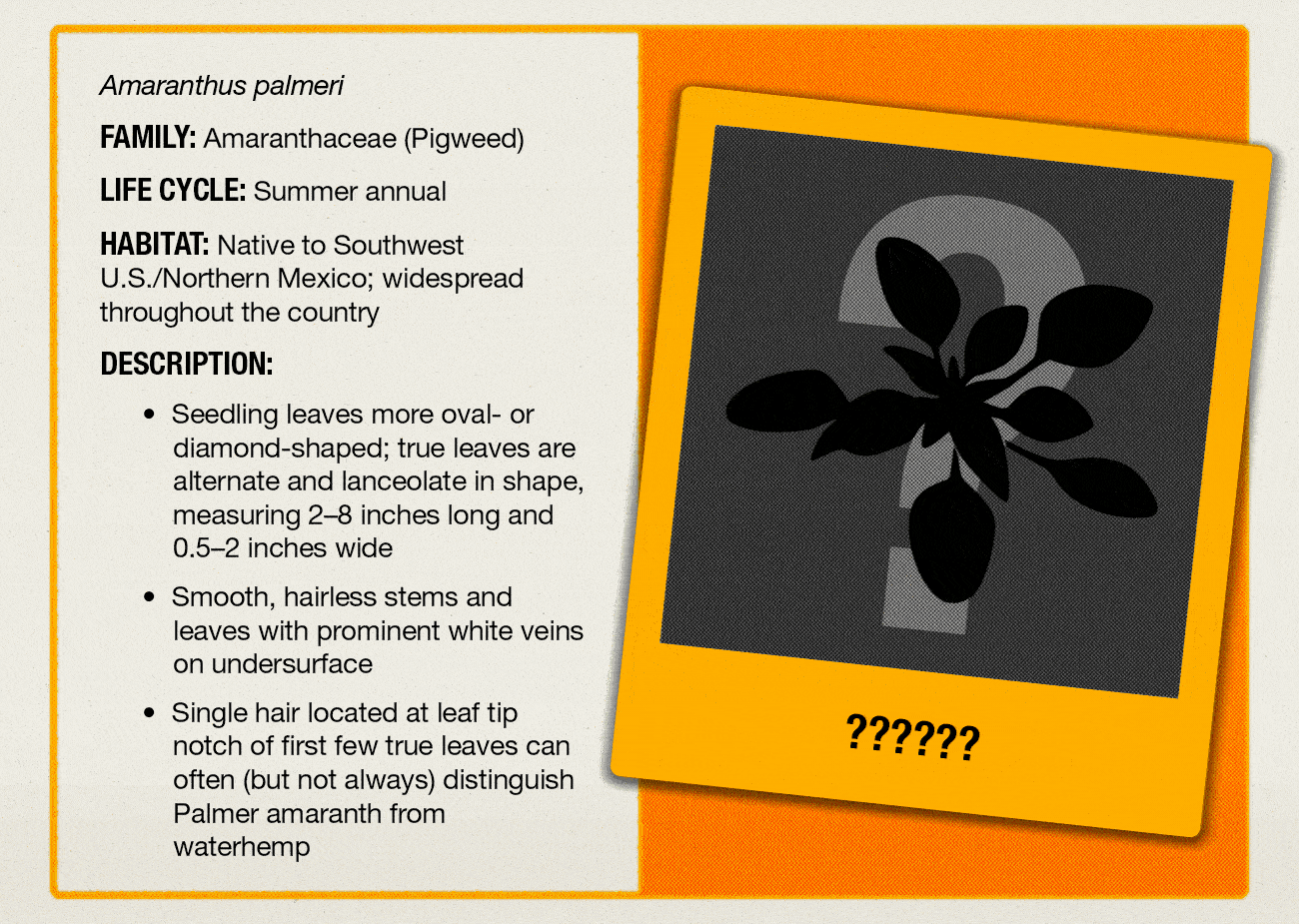

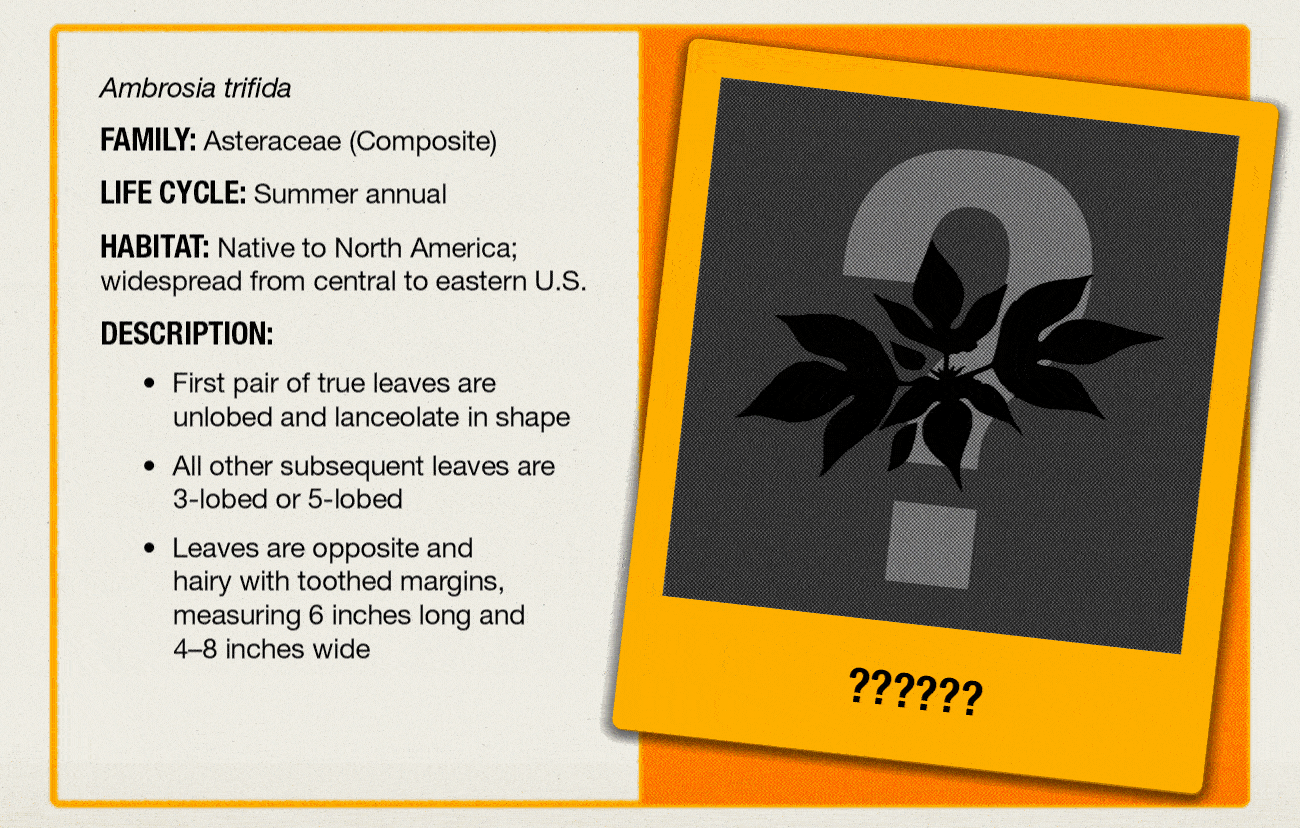
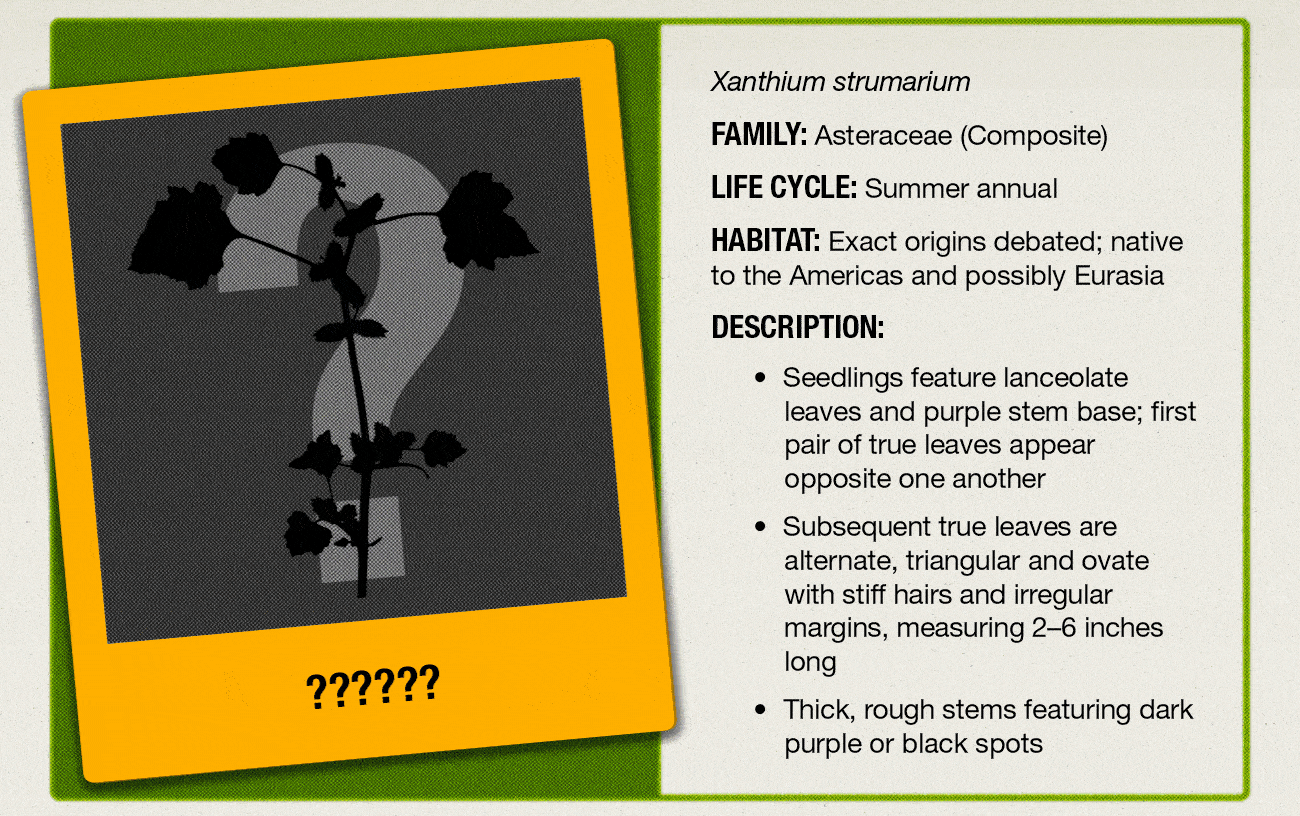
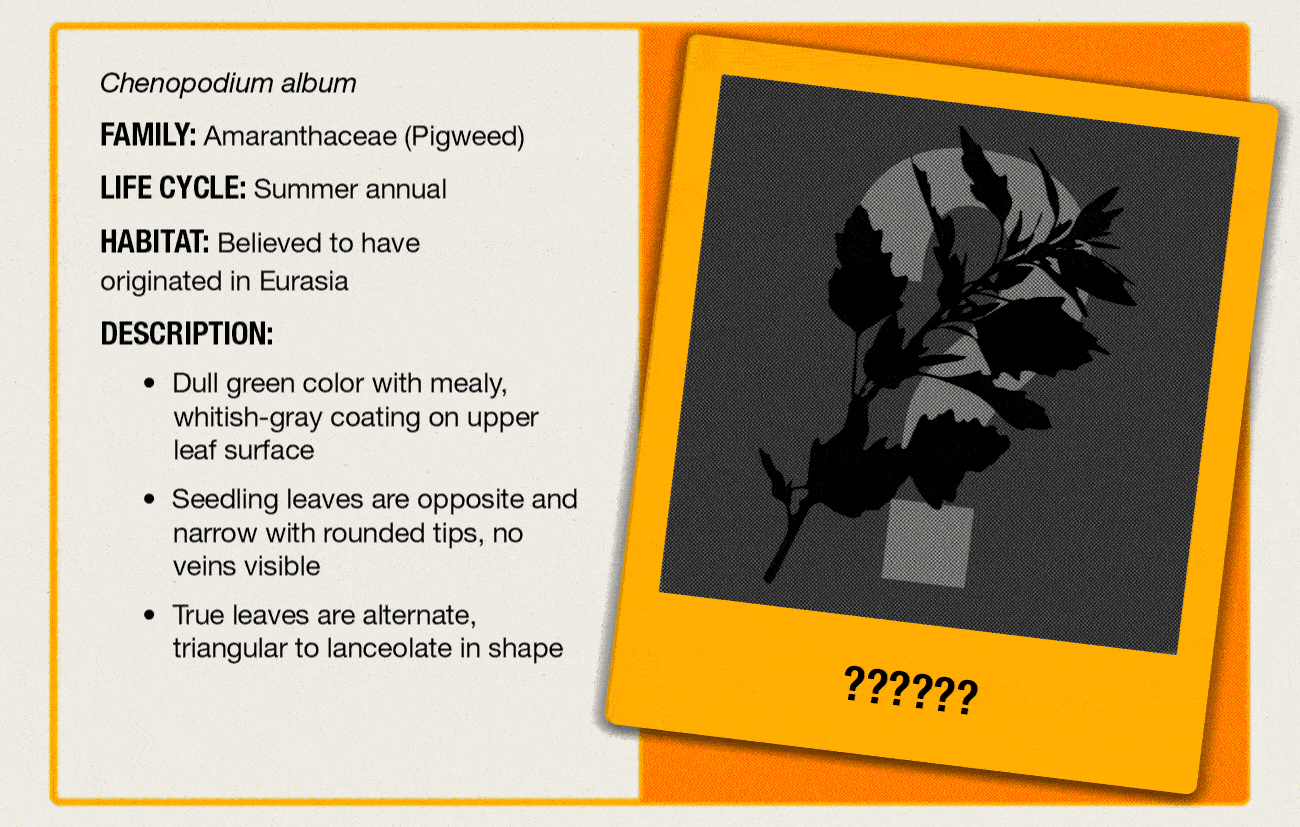
2 Min Read
- Correct identification of weed species is crucial to help inform your herbicide decisions.
- Some key weeds like waterhemp and Palmer amaranth can be difficult to tell apart.
- Besides leaf shape, distribution, size and color, other characteristics like toothed leaf edges or the presence of hairs can aid in identification.







